Cat litter is an essential product for pet owners, allowing them to keep their kitties happy and healthy. But have you ever wondered how cat litter actually works? In this blog post, we will explore the science behind cat litter and how it helps to keep your home clean and odor-free. From the various types of cat litter to how it absorbs moisture and neutralizes odors, we will take a closer look at this beloved pet accessory and how it benefits both cats and their owners.
Components of cat litter (types of ingredients that can be included)
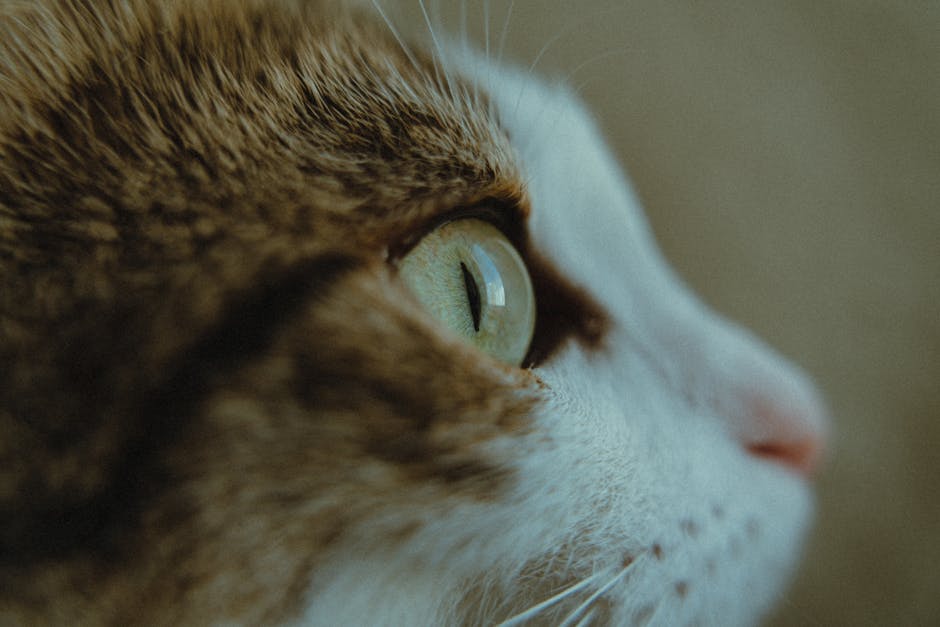
Cat litter is a crucial tool for cat owners, but do you know what makes up your cat's litter? The composition of cat litter typically includes a few key components that serve crucial functions. One of the most common ingredients found in cat litter is clay, which is typically made of bentonite. Bentonite clay is known for its absorbent properties and ability to clump together, making it a go-to for those who prefer scoopable litter. Another popular material in litter is silica gel, which is highly absorbent while also being odorless and non-toxic. Some cat litters also incorporate natural materials like pine, wheat, or corn. These organic materials can provide various benefits depending on the type of litter, such as more efficient odor control or bio-degradability. Overall, the ingredients found in cat litter are selected to make the litter effective at absorbing moisture and controlling odors, while also being safe and easy to use for both cats and their owners.
The purpose of cat litter (what it's intended to do)
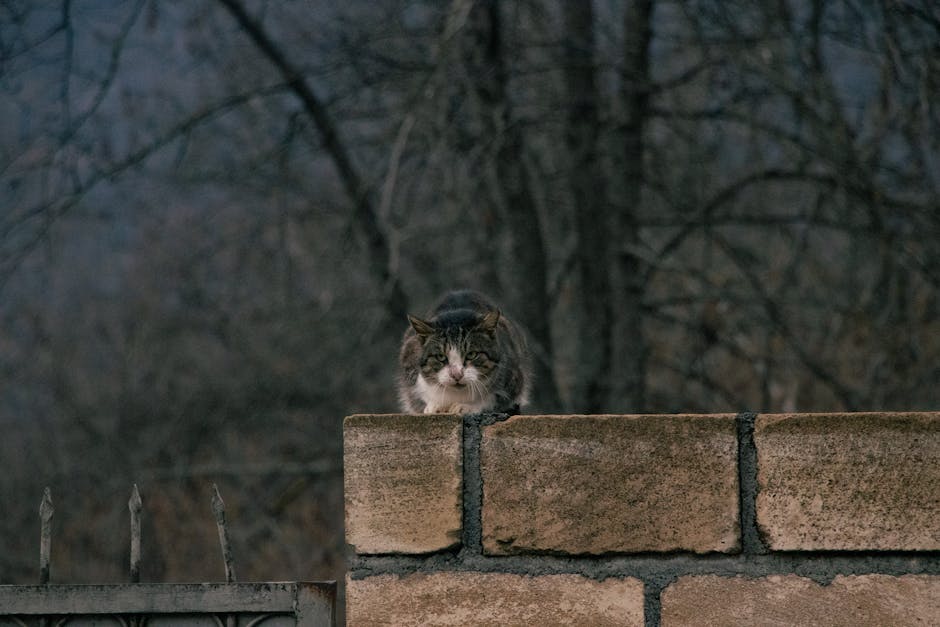
Cat litter serves two main purposes: to provide an appropriate substrate for cats to eliminate on, and to absorb and contain their waste. Cats have natural instincts to bury their waste, and a proper litter box with the right type of litter allows them to do so in a sanitary and convenient way.
Cat litter also plays a crucial role in maintaining the cleanliness of your home. By absorbing urine and controlling odors, litter helps to keep your house smelling fresh and free from mess. It also prevents your cat from tracking waste outside of the litter box and onto your floors or furniture.
Overall, the right type of cat litter is essential to keeping your cat healthy and comfortable, as well as maintaining a clean and pleasant living environment. So choosing a high-quality litter and cleaning the box regularly is important for both you and your feline friend.
The science behind litter clumping (how it works)

When it comes to cat litter, clumping is a game-changer. But how does it actually work? The key ingredient in clumping cat litter is a substance called sodium bentonite. This is a type of clay that forms a tight seal around liquid when it comes into contact with it.
When a cat urinates on the litter, the sodium bentonite in the litter immediately forms clumps around the liquid. This helps to contain and solidify the waste, making it easy to scoop and dispose of. The same process also occurs when a cat defecates on the litter, helping to contain and mask any odors.
Sodium bentonite is able to form these tight clumps thanks to its unique structure. The clay contains tiny particles that are able to absorb water and other liquids, expanding in the process. This expansion helps to eliminate any excess moisture, while also keeping the litter dry and free of odors.
In addition to sodium bentonite, many types of clumping cat litter also include deodorizers, baking soda, or other materials to help neutralize odors. By understanding the science behind cat litter, you can choose the right type for your cat and ensure a clean, odor-free litter box.
Different types of cat litters (clay, crystal, and others)
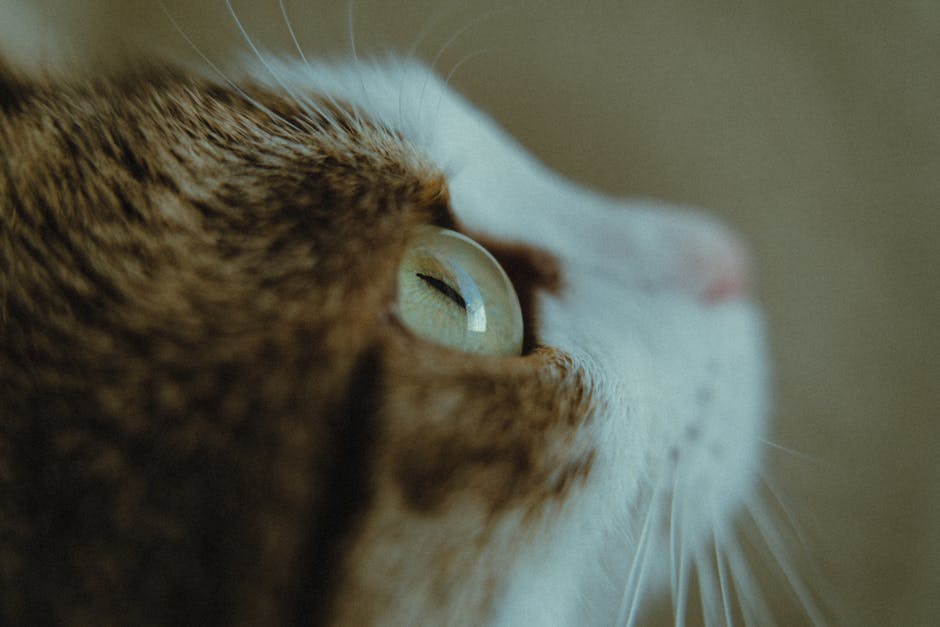
When it comes to cat litter, there are many different types and options on the market for cat owners. The most common types of cat litters include clay, crystal, and natural options.
Clay litter is one of the most widely used options, as it is affordable and effective at absorbing moisture and controlling odors. The clay is made up of small granules, which stick together when wet. This type of litter will need to be cleaned and changed frequently, as the clay will eventually become saturated.
Crystal litter is another popular option, as it is highly absorbent and often lasts longer than other types of litter. Made from small crystals of silica gel, this litter works by absorbing and trapping moisture and odors. Many crystal litters are also dust-free, making them a good choice for cats with respiratory issues.
Natural litters, such as those made from corn, wheat, or recycled paper, are becoming increasingly popular due to their eco-friendly and biodegradable properties. These litters are often more expensive than clay or crystal options, but they can be a good choice for cat owners who want to reduce their environmental impact.
No matter what type of litter you choose, it's important to consider your cat's preferences and any health or respiratory issues they may have. Always make sure to clean and change the litter box regularly to ensure your cat's comfort and health.
Advantages and disadvantages of different types of cat litters
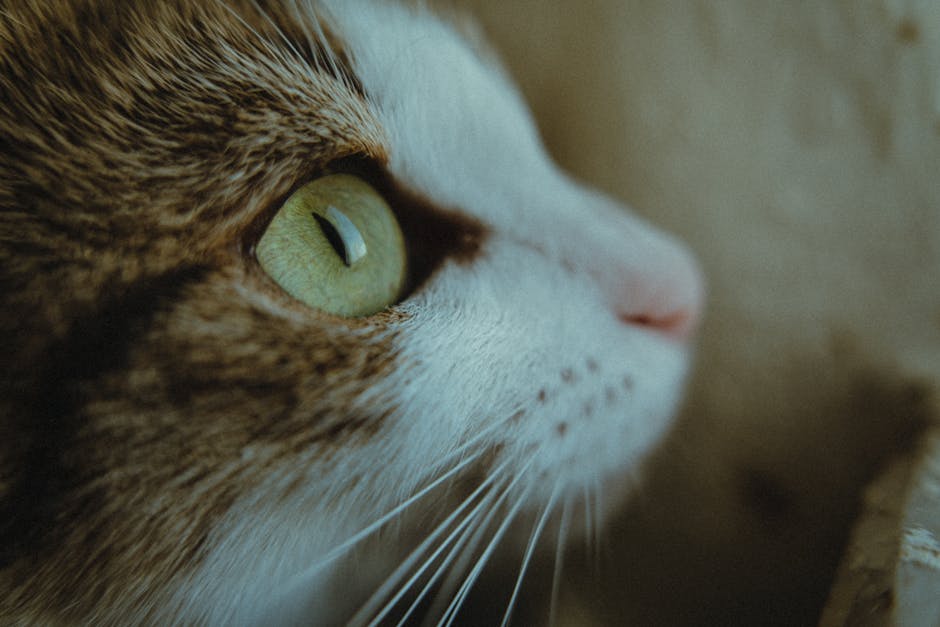
There are numerous types of cat litter available in the market today, each with its own set of advantages and disadvantages. Here we discuss the most common types of cat litter and their pros and cons to help you choose the best one for your feline friend.
1. Clay litter: Clay litter is widely available and is a popular choice among cat owners. It is affordable and can absorb odors and moisture well. However, it is not the most eco-friendly option as it is made of mined clay and can clump together, making it tough to flush down the toilet.
2. Crystal litter: Crystal litter is made of silica gel beads and is popular for its superior odor control. It also absorbs moisture well and has a longer lifespan than clay litter. However, it is more expensive than other types of cat litter and may not be cost-effective in the long run.
3. Natural litter: Natural cat litter is made of biodegradable materials such as wood, corn, or wheat. It is a more eco-friendly option and is safe for cats who like to ingest litter accidentally. However, natural litter may not be as effective at odor control as other types of litter, and it may be more expensive than clay litter.
4. Paper litter: Paper litter is made of recycled paper, making it a more eco-friendly option than other types of litter. It is also biodegradable and safe for cats who like to ingest litter. However, it may not be as good at controlling odor and may need to be changed more frequently than other types of litter.
5. Pine litter: Pine litter is made from natural pine wood and is an eco-friendly option. It has natural odor control properties and is safe for cats. However, it may not be as good as other litters at absorbing moisture and may not be suitable for cats with respiratory issues.
Overall, the type of cat litter you choose will depend on your cat's preferences, your budget, and your personal values. Consider the advantages and disadvantages of each type of litter before making a decision.
Pros and cons of scented versus unscented cat litters

When it comes to choosing between scented and unscented cat litter, both options have their own set of pros and cons. Scented litters are great for controlling odor, they mask the smell of cat urine and feces, and give off a pleasant smell. However, some cats may be sensitive to the fragrance and may develop respiratory problems or skin irritations. Additionally, the scent may not necessarily appeal to all cats and may discourage them from using the litter box. Unscented litters, on the other hand, do not have any added fragrances and are less likely to cause allergies or irritations in cats. But, they may not be as effective at controlling odors as the scented ones. Ultimately, the choice between scented or unscented cat litter depends on your cat's preference and your own personal preferences. If your cat has no issues using either type of litter, then you may want to try both and see what works best for you and your cat.
Considerations when selecting cat litter (tracking, odor control, dust)
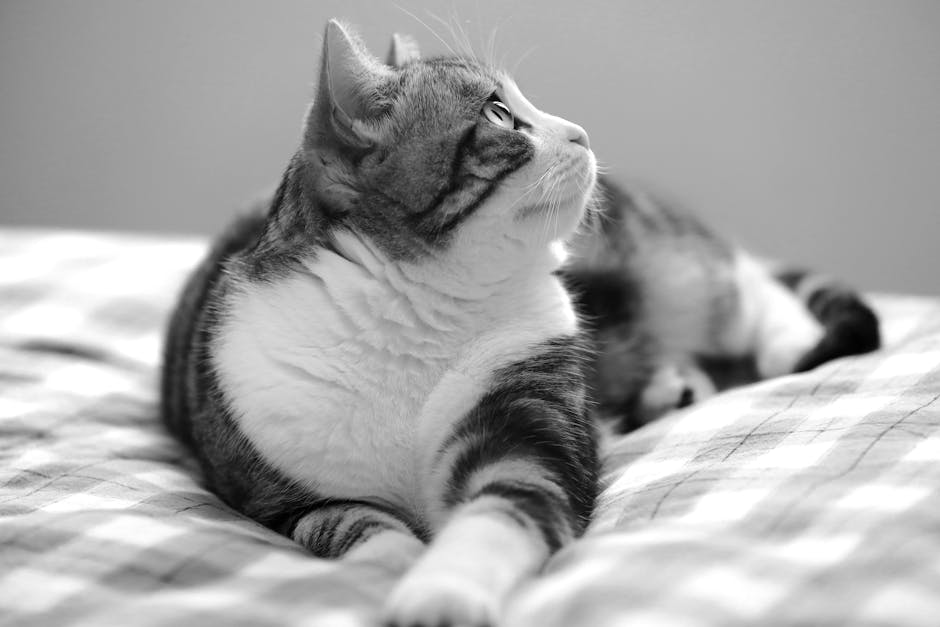
When choosing the right cat litter, there are a few important factors to consider. First, you want to think about tracking. Some cat litters can create a mess when your cat steps out of the litter box, tracking litter all over your floors. Look for a litter that is dense and heavy, to minimize the chance of tracking.
Odor control is also important. No one wants a home that smells like cat waste, so invest in a litter that can control odors effectively. Some litters have added ingredients such as activated charcoal to help absorb and neutralize odors.
Finally, dust is an important consideration. Some cat litters can create a lot of dust that can be harmful to both your cat's respiratory health and your own. Look for a low-dust litter to keep everyone in your home healthy and happy. With these considerations in mind, you're sure to find the perfect cat litter for your furry friend.
Environmental impact of cat litter (sustainability concerns)
When it comes to cat litter, sustainability concerns play an important role. Many types of cat litter are made from non-renewable resources such as clay, which is strip-mined from the earth. The production, transportation, and disposal of clay litters can have a significant carbon footprint. Additionally, clay litter does not biodegrade, so it sits in landfills for years. However, there are alternatives to clay litter that are more sustainable. Some eco-friendly litters are made from renewable resources like corn, wheat, or recycled paper, and they can be composted or recycled. Another option is to use self-cleaning or reusable litter boxes, which can significantly reduce waste and save money in the long run. As consumers become more environmentally conscious, it is important for companies to offer sustainable options for pet products, including cat litter.




